Preserving History One Beat At A Time
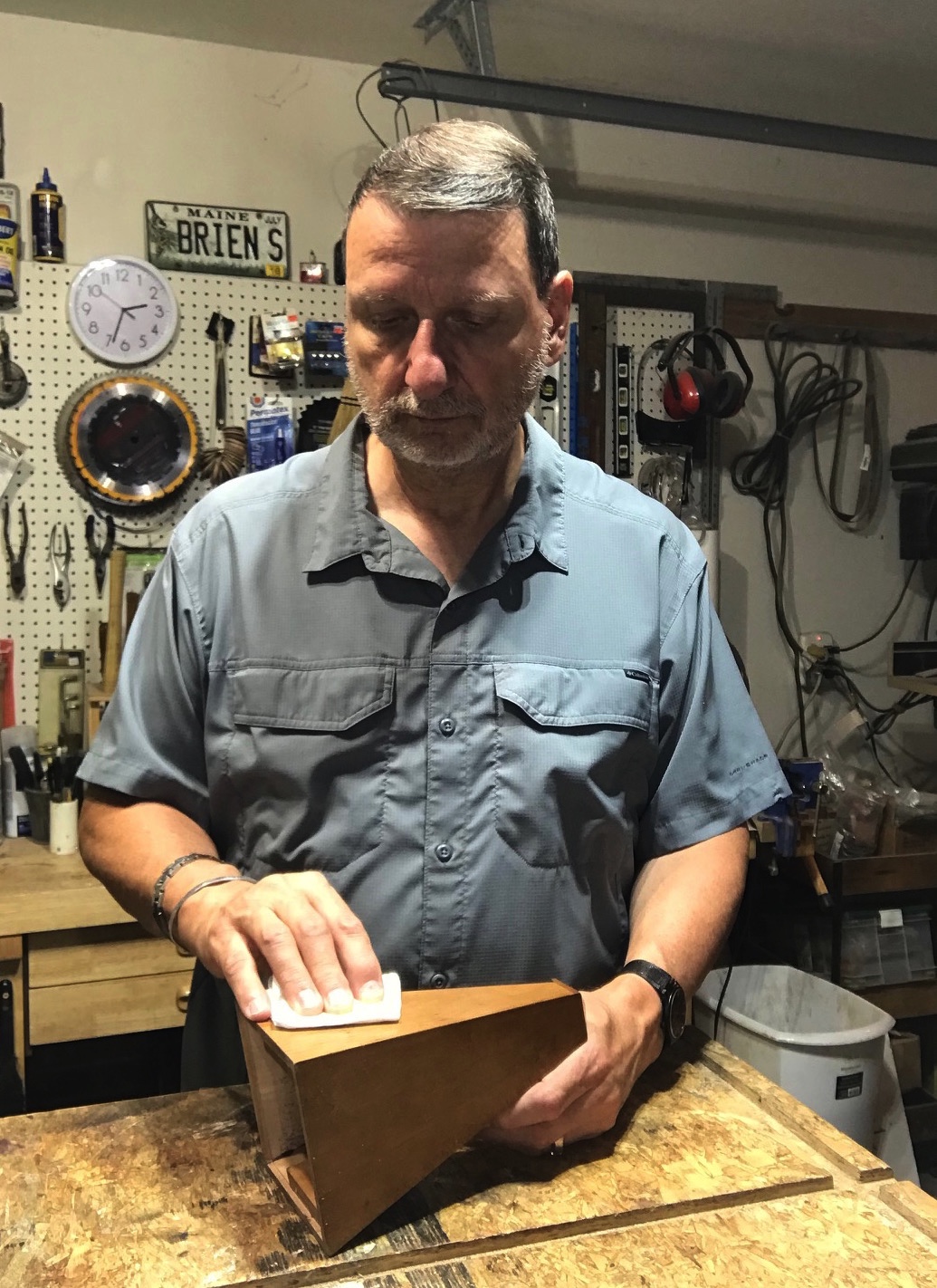
A metronome is a necessary tool for musicians to help them keep time in their music. The classic triangle-shaped wooden boxes with a swinging pendulum commonly sit on top of pianos. Metronomes have changed throughout history, and there are several different types of designs, from ones using a quartz crystal to digital apps. But the classical metronome deserves all the respect for its beauty, mechanical design, and vintage craftsmanship.
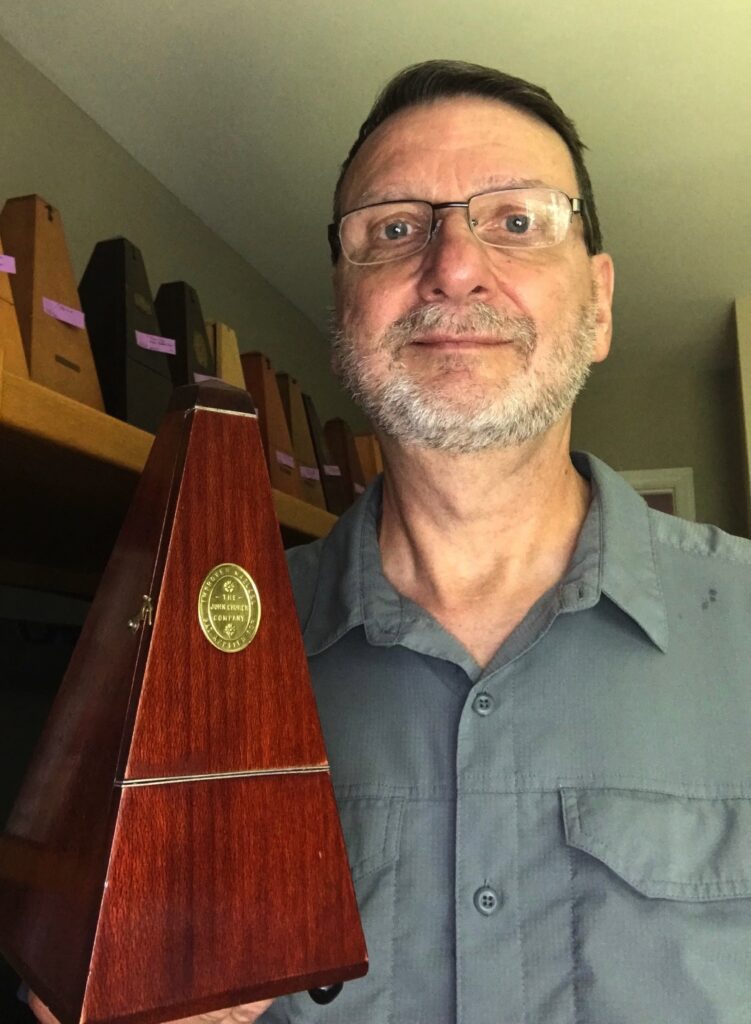
Brien Sandstrom, musician and wood craftsman, restores these historical treasures to their former beauty. “To me they are like old pieces of art, and it gives me great satisfaction bringing them back to life,” he said. “When I was a teen studying music, I received a wooden pyramid-shaped metronome made by Seth Thomas as a gift. The Seth Thomas clock company was a couple towns away from where I grew up, and their clocks and metronomes were a known commodity in Connecticut. About three years ago, I realized I no longer had my Seth Thomas Metronome, so I began my search for a replacement. I located a vintage Seth Thomas, very similar to the one I had. Because this was an antique metronome, I took it apart, cleaned it, and brought it back to working condition. This experience made me realize I could take old vintage and antique metronomes and restore them to their former glory,” he said. “As I acquire additional vintage metronomes, the learning process continues, and my restoration process becomes more specific and the finished quality continues to improve. To date, I have restored just under 100 vintage metronomes.”
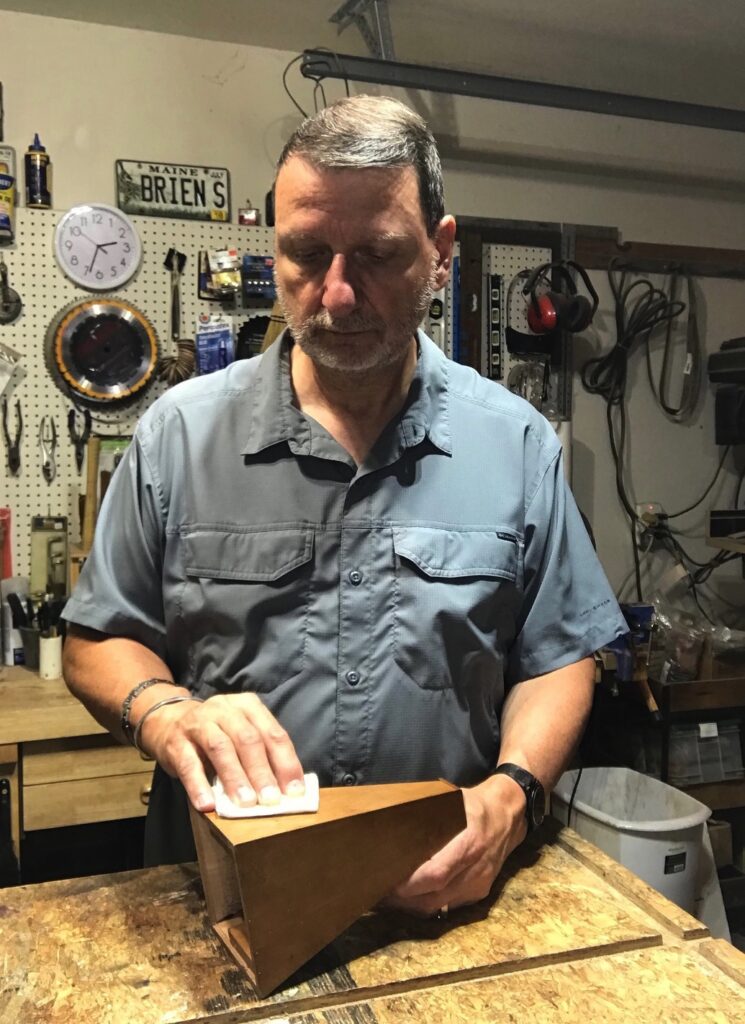
Although he has a BS in Music Education with the Double Bass as his primary instrument, Sandstrom spent most of his career in IT as a computer programmer and consultant. “I also love wood turning. I started with a small lathe making wooden and acrylic pens. My turning these days pretty much consist of making and selling exotic-wood handled Scratch Awls and turning parts for the restoration of vintage metronomes,” he said. “Having a degree in my first love, music, and because a vintage metronome was a key factor in developing my role as a timekeeper in music, restoration of these antique tools made a lot of sense for me. Restoring vintage metronomes uses many of the skills and interests I have; woodworking, applying fine finishes to wood, understanding the mechanics of how things work, fundamentals of music and returning items to their original glory.”
The restoring process is pretty straight forward according to Sandstrom. “Upon acquiring a vintage metronome, I start by cleaning the exterior and assessing its condition. I then perform any needed repairs or replacement of parts,” he said. “The metronome gets logged into my inventory, and it goes into a queue of metronomes to be restored. I typically have around 25 metronomes in the queue,” he said. “My restoration process begins with disassembling the entire metronome. All metal items are removed from the exterior of the wooden case, the movement is removed and taken apart. All metal parts receive an initial cleaning in an ultrasonic cleaner and then are hand cleaned and polished. The wooden case is polished using multiple grits of a paste polish, then waxed and buffed,” said Sandstrom. “The pieces are then re-assembled, with pivot points of the gears lubricated. Once assembled, the movement goes through a preliminary adjustment to ensure it is in beat, meaning it has an even tick-tock sound when running,” he said. “At this point, the entire metronome is re-assembled and checked for being ‘in beat’ across a range of tempos and also verified to ensure the metronome is beating accurately based on the selected tempo. Depending on the degree of accuracy found, the metronome may then be calibrated,” he said.
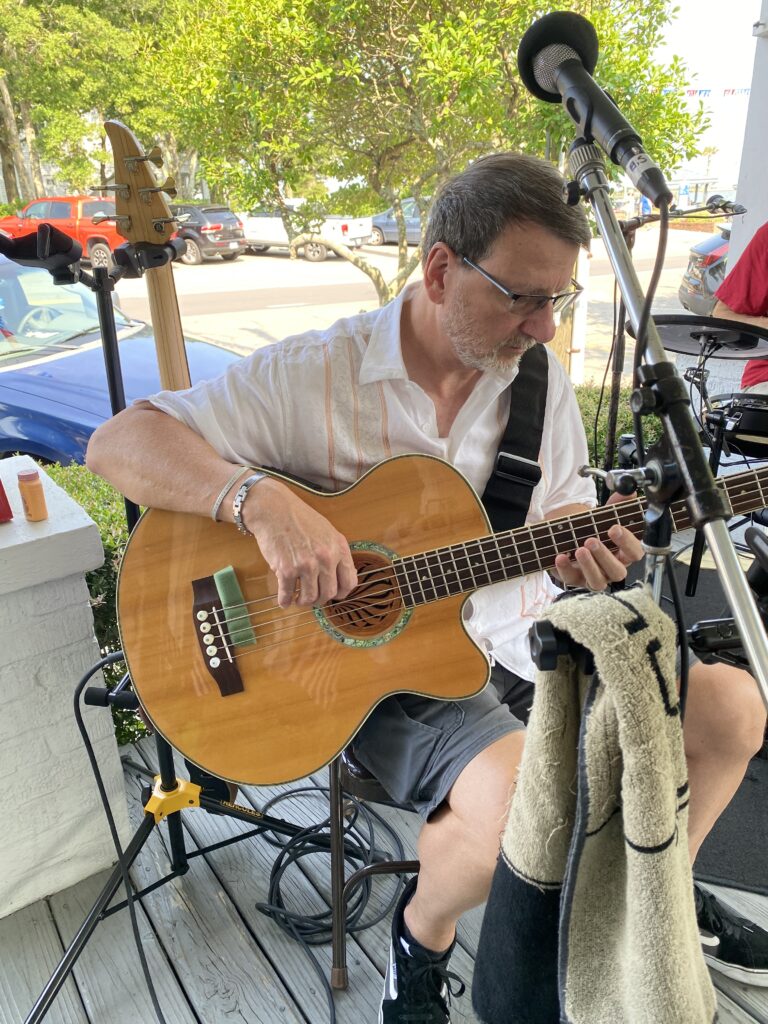
A lifelong musician, Sandstrom is an established musician playing bass guitar. “I started playing guitar in junior high, and began playing it in my high school stage band,” he said. “I also began studying bass violin at the Hartford Conservatory with the first-chair Bassist of the Hartford Symphony. I went on to study Music Education in college, with Double Bass (Bass Violin) as my primary instrument. The college I attended was primarily a Classical school, so all my studies were in a classical vein. While in college, I was asked to be the electric bassist in a 7-piece Funk band, who played mostly clubs, 3 nights a week. Since college, I have played in wedding/party bands, 18-piece Big Bands, small Jazz ensembles, off-Broadway musicals, and classic rock bands. Since moving to North Carolina, I also had the honor of playing 10 shows with the Rock and Roll Hall of Fame band the Drifters, and also a show with the Platters.”
“Just as I love restoring vintage metronomes to their original beauty, I also enjoy rescuing electric guitars and basses,” says Sandstrom. “My goal with this process is to put professionally setup, easy to play instruments in the hands of novice players. Despite having a first guitar that was extremely challenging to play, I still managed to continue studying the instrument, and have been enjoying making live music for over 50 years. My sense is “bad” instruments are a root cause of students abandoning their study of the instrument and if I can make a playable instrument at a reasonable price, maybe I can help that student continue to be a good player, and get as much enjoyment from playing as I have.”
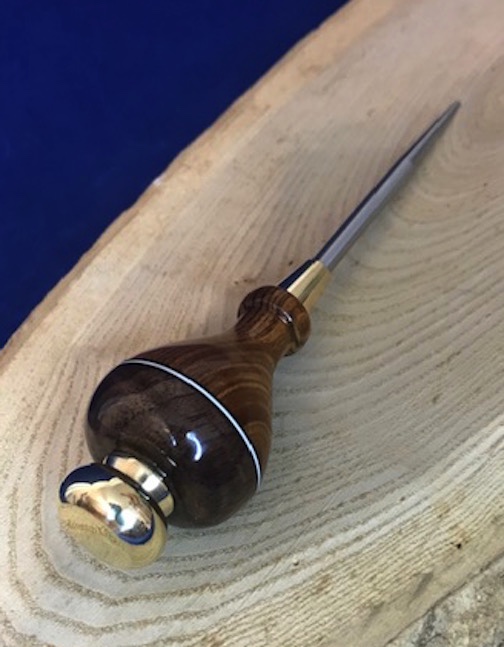
You can find Sandstrom’s restored metronomes on Etsy under BASandstrom, or email him at Brien421@gmail.com. You can hear his amazing bass guitar talents in the local bands Cat-a-tonic and Generations. And he also is an author of the eBook, “So You Want to Turn a Pen” which is sold on Amazon.











Leave a Reply